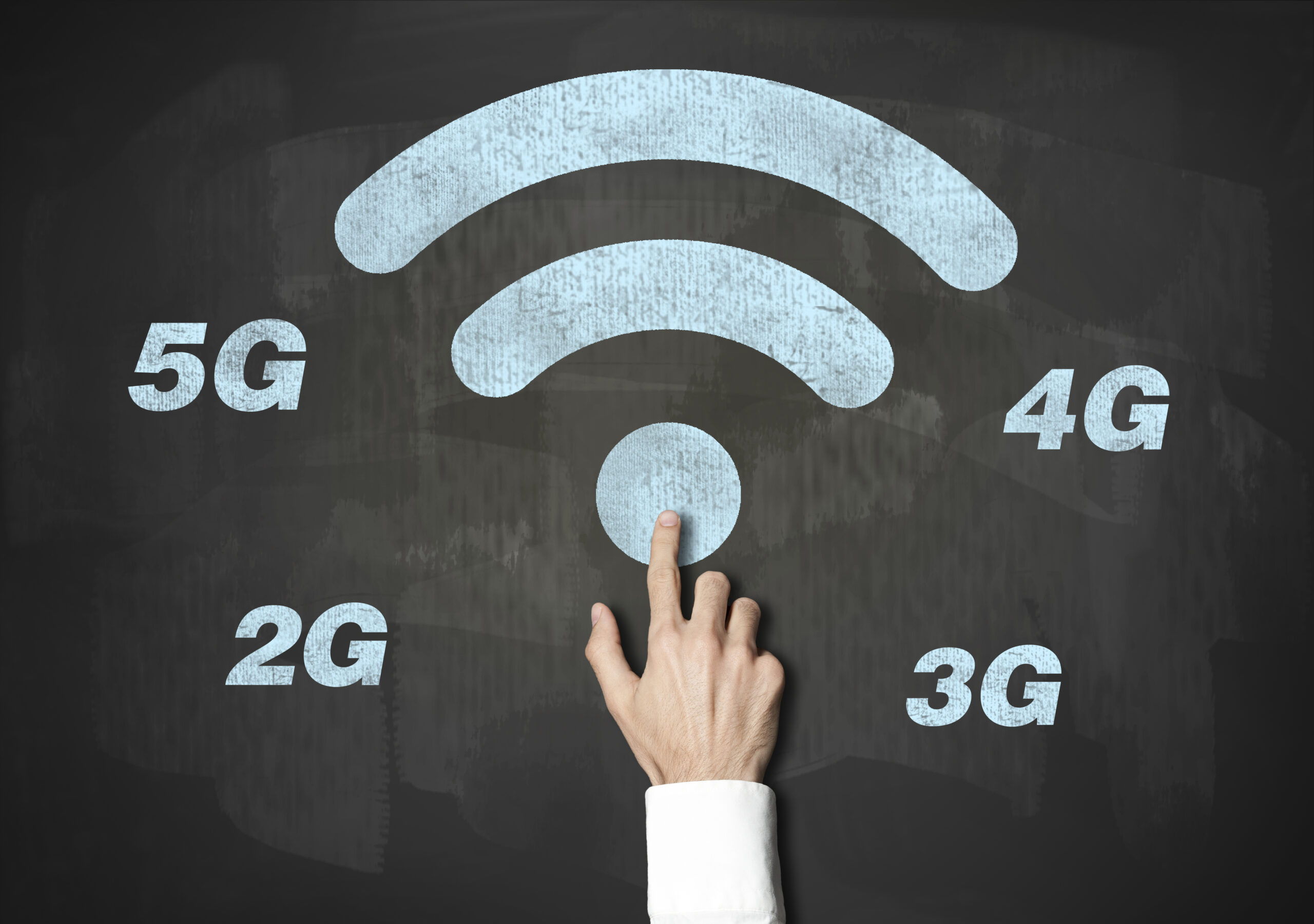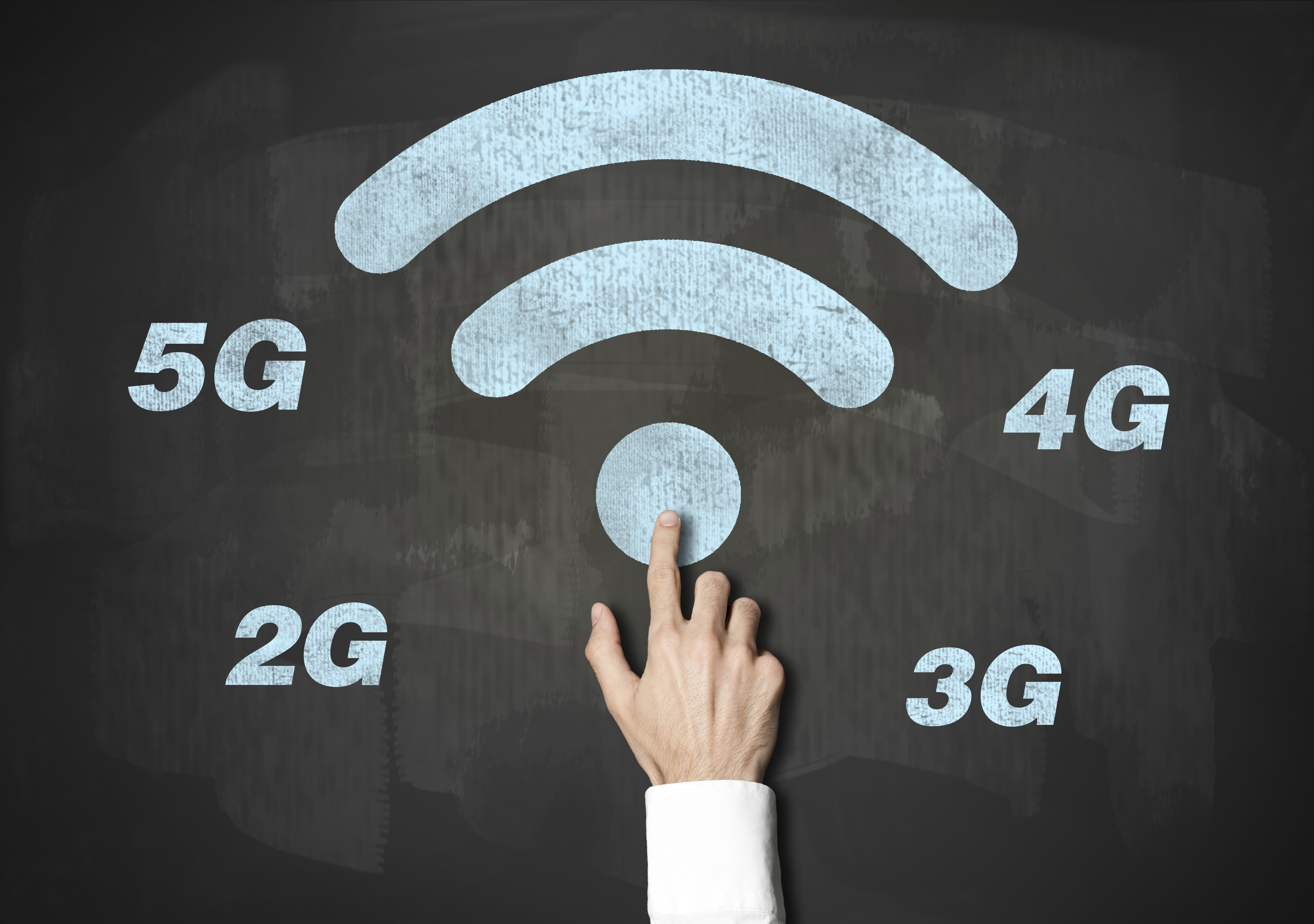3G, 4G, 5G….a lot of “Gs” are being thrown into conversation these days, and sometimes it seems like every other commercial is telling you how many “Gs” a company or product has.
What does “G” mean anyway?
And the real question: how do Gs effect you?
The first part of the answer is simple: “G” stands for generation. As mobile data technology advances, each new mobile technology network upgrade is classified as a generation. Here’s a quick mobile data history lesson:
First generation or 1G
Beginning in 1979 and on into the 80s, transmitting voice over cellular first hit the scene. This first generation, or 1G technology, used analog telecommunications standards and could not yet transmit mobile data.
Second generation or 2G
In the early 1990s, the first digital voice systems were introduced. Several different methods were used, but as the digital voice technology evolved and advanced, data communication become widespread and mobile providers to began to offer text messaging and multimedia transmission. SMS and MMS were born! (It would a while before emojis would hit the scene, however.)
Third generation or 3G
Things really picked up speed as 3G was introduced in the early 2000s. This generation boasted much higher speeds and bandwidth than ever before. Due to the increased speed and ability to transmit larger packets of digital data over cellular networks, phones became “smart” and could now utilize cellular plans for video calling and a smorgasbord of applications. Henceforth, the phrase “There’s an app for that,” became part of our everyday language, and cat videos were shared with reckless abandon.
Fourth generation or 4G LTE
The 2010s brought about the next development in cellular network technology: 4G. The acronym “LTE” was added to some networks that incorporated a technology called “Long term Evolution” to assist in the transition from 3G to 4G. This fourth generation improved call density, voice over internet calling capabilities and bandwidth. The improvements allowed for more intense demands such as video streaming and conferencing.
Fifth generation or 5G
The next generation of cellular technology that is just beginning to be rolled out in some metropolitan areas is 5G. These networks are built on a foundation of 4G LTE but have added a system of small cell stations instead of the large cell towers to help support the plethora of smart devices. The hope is that 5G will also assist in in expanding coverage and speed.
What’s next?
Research and development for 6G is only in the very early stages, but the goal is to “re-architect” the internet as a whole so that major applications are supported such as self-driving cars and automated factories. There is a lot of talk, ideas and theories around how it will all work, but has the potential to make a big impact on life as we know it.
Stay tuned! Who knows…maybe soon we’ll all be keeping up with the Jetsons and getting our very own automated housekeeper. Until then, we will have to rely on our hand-held smart phones, watches and devices to keep us connected to the world.







